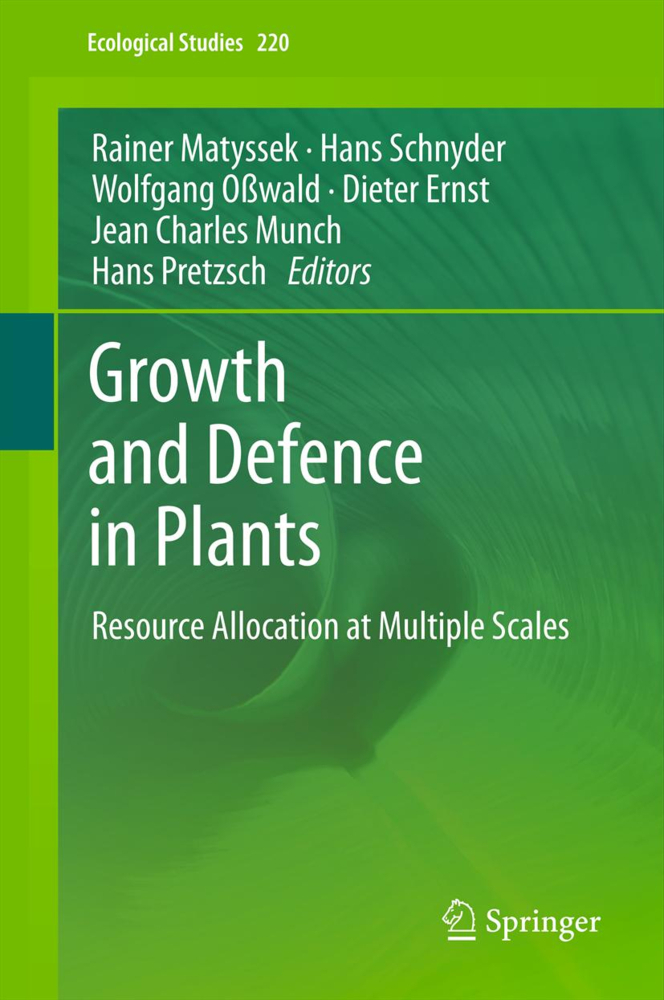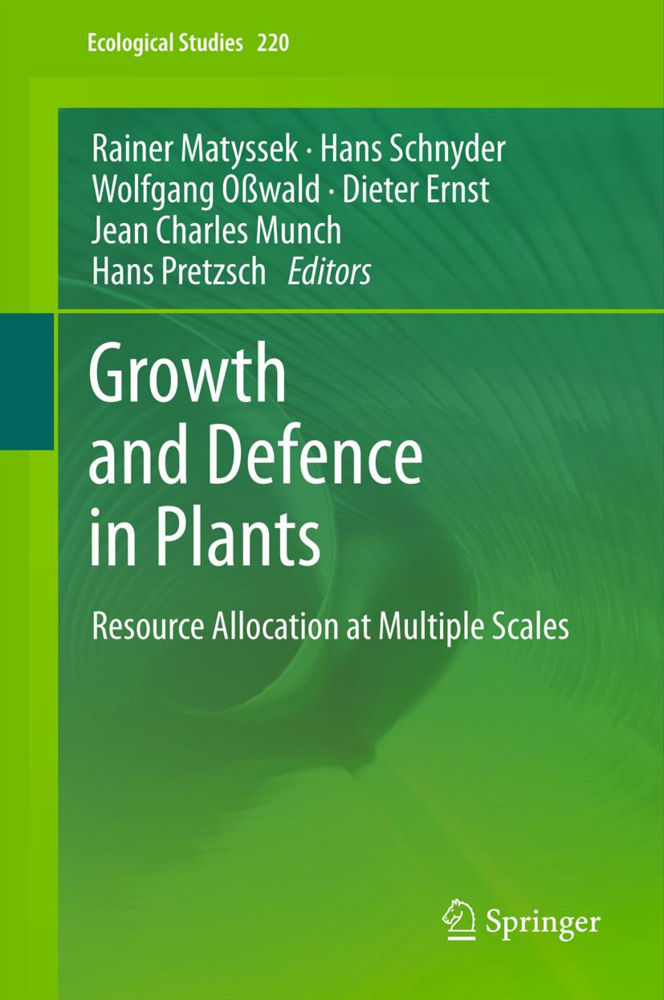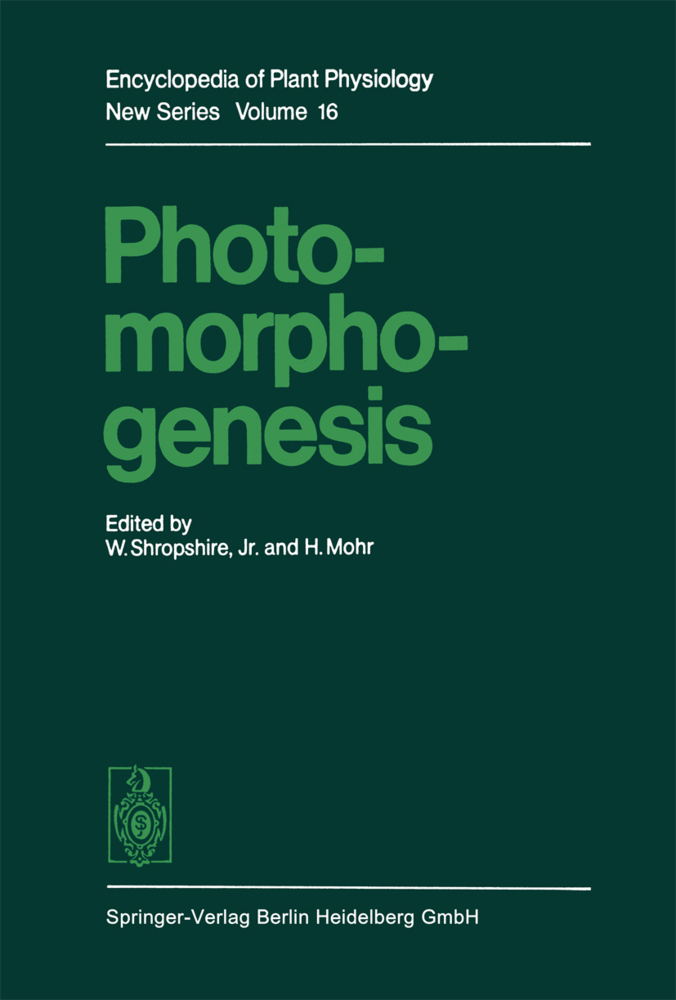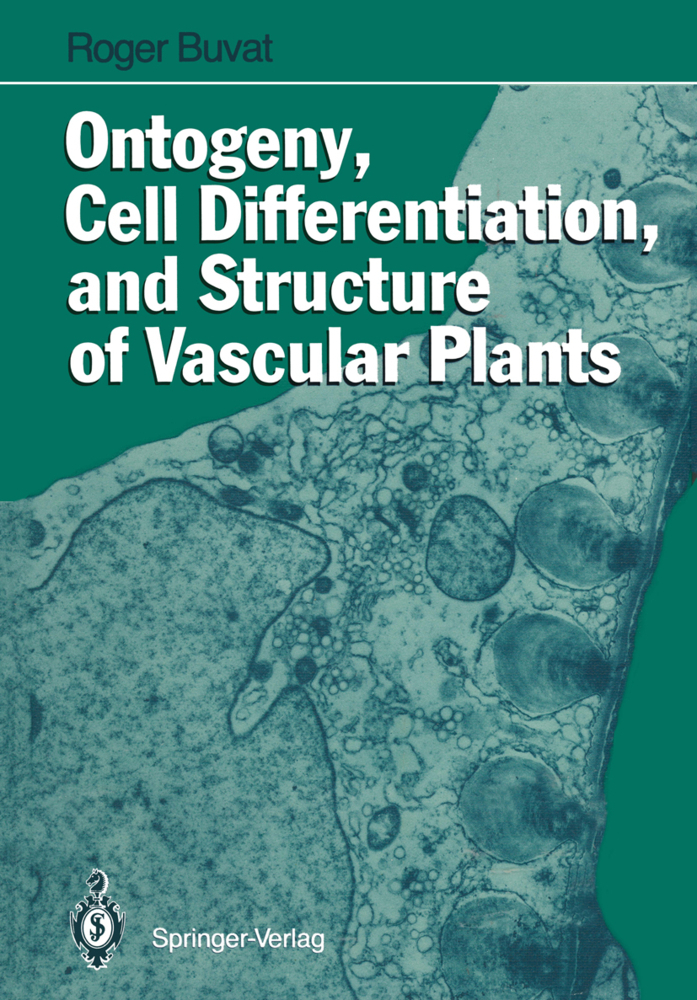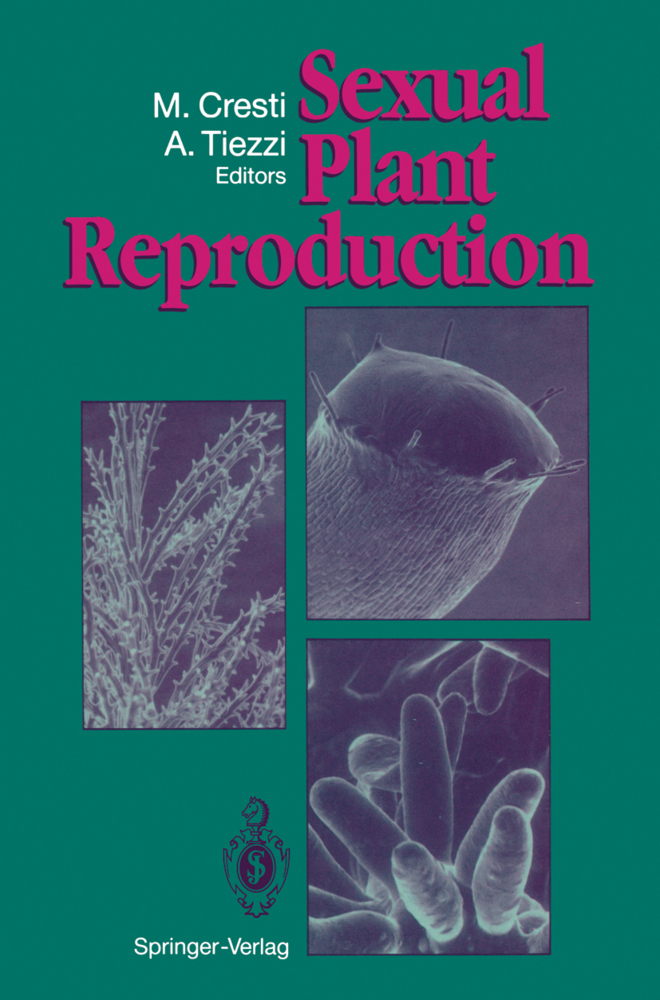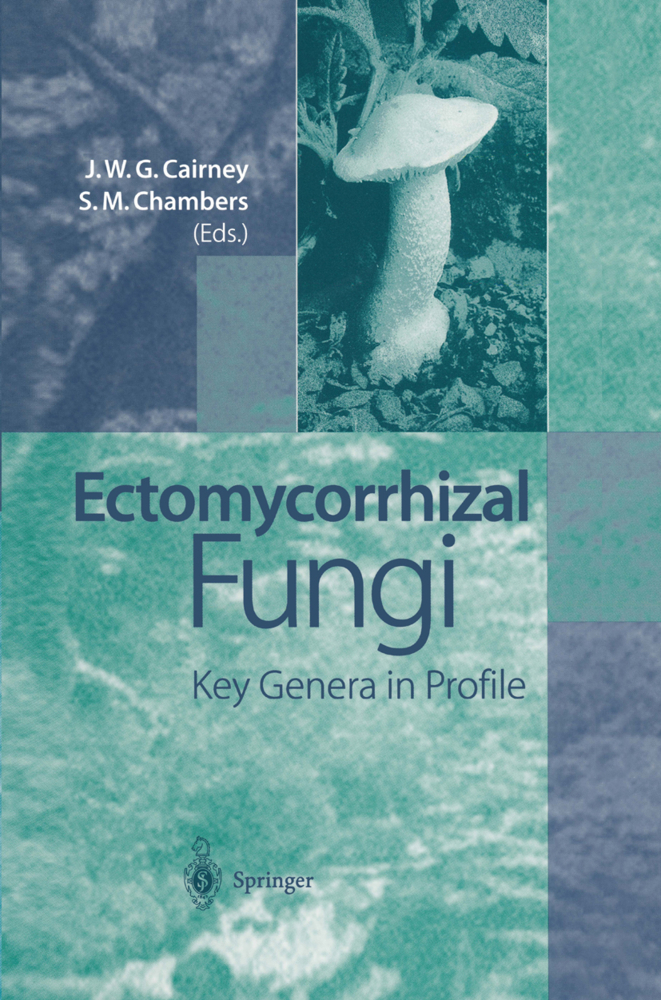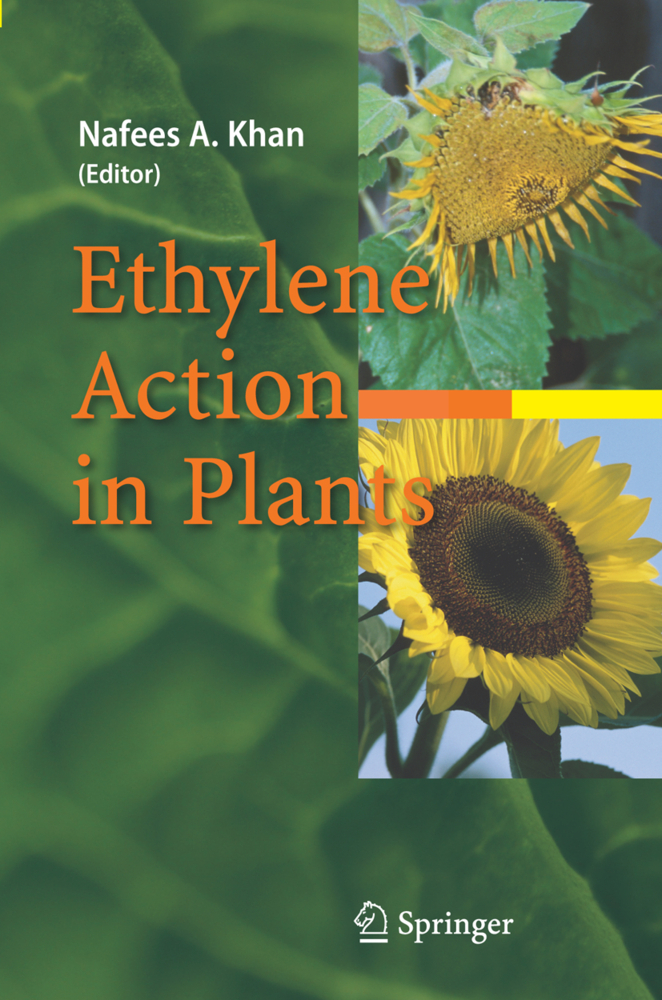Growth and Defence in Plants
Growth and Defence in Plants
Plants use resources, i.e. carbon, nutrients, water and energy, either for growth or to defend themselves from biotic and abiotic stresses. This volume provides a timely understanding of resource allocation and its regulation in plants, linking the molecular with biochemical and physiological-level processes. Ecological scenarios covered include competitors, pathogens, herbivores, mycorrhizae, soil microorganisms, carbon dioxide/ozone regimes, nitrogen and light availabilities. The validity of the "Growth-Differentiation Balance Hypothesis" is examined and novel theoretical concepts and approaches to modelling plant resource allocation are discussed. The results presented can be applied in plant breeding and engineering, as well as in resource-efficient stand management in agriculture and forestry.
The balance between resource sequestration and retention - a challenge in plant science
Common links of molecular biology with biochemistry and physiology in plants under ozone and pathogen attack
Host-parasite interactions and trade-offs between growth and defence related metabolism under changing environments
Conifer Defense Against Insects and Fungal Pathogens
The rhizosphere: molecular interactions between microorganisms and roots
Stores as substrate sources of respiration - effects of nitrogen stress and day length
Tracing carbon fluxes - resolving complexity using isotopes
Solar radiation as a driver for growth and competition in forest stands
Site conditions and tree-internal nutrient partitioning in mature European beech and Norway spruce at the Kranzberger Forst
Plants and their ectomycorrhizosphere - cost and benefit of symbiotic soil organisms
Case study "Kranzberger Forst" - growth and defence in European beech (Fagus sylvatica L.) and Norway spruce (Picea abies (L.) Karst.)
Growth and space use in competitive interactions between juvenile trees
Allometry of tree crown structure. Relevance for space occupation at the individual plant level and for self-thinning at the stand level
Principles of growth partitioning between trees in forest stands under stress
Mechanistic modelling of soil-plant-atmosphere systems
Learning from various plants and scenarios - statistical modeling
Modeling the defensive potential of plants
Effects of stress and defence allocation on tree growth - simulation results at the individual and stand level
Predictability of plant resource allocation - new theory needed?- Conclusions and Perspectives.
Matyssek, R.
Schnyder, Hans
Oßwald, Wolfgang
Ernst, Dieter
Munch, Jean Charles
Pretzsch, Hans
| ISBN | 978-3-642-30644-0 |
|---|---|
| Artikelnummer | 9783642306440 |
| Medientyp | Buch |
| Copyrightjahr | 2012 |
| Verlag | Springer, Berlin |
| Umfang | XXVI, 474 Seiten |
| Abbildungen | XXVI, 474 p. |
| Sprache | Englisch |

